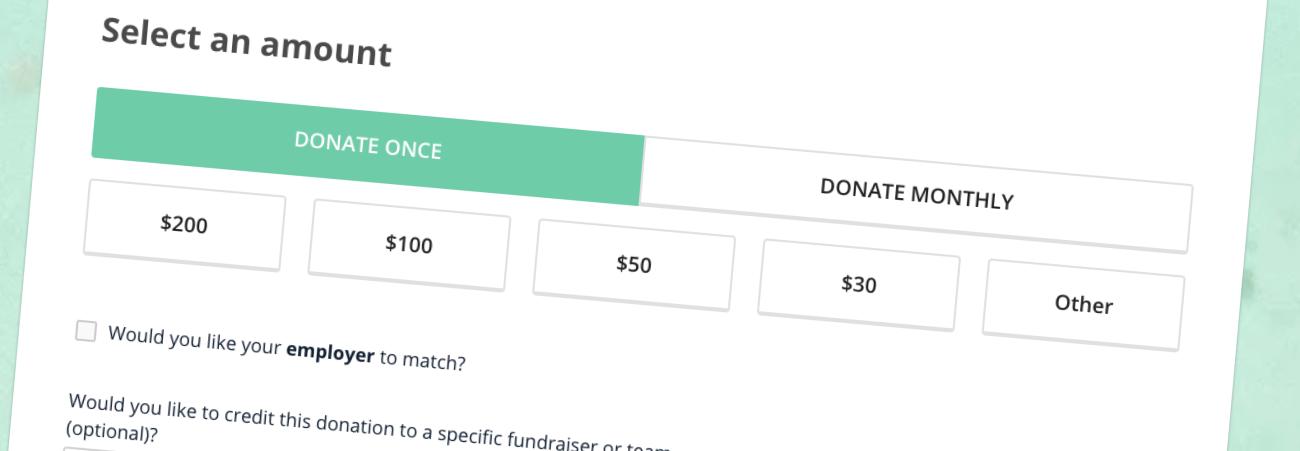
The Value Experts Can Add to User Testing
Share
Usability testing, sometimes called user testing, is an often overlooked part of the UX design process, even though it’s crucial to creating a great user experience. When projects include usability testing, the team is able to identify where users get stuck, confused, frustrated, or even give up when trying to complete tasks on a website. Usability testing highlights areas of your website that can be improved, and the results are even more impactful if you have an experienced expert conducting these studies.
What is usability testing and how does it work?
Observing people actually use your website will help you know if your site will produce the results you’re hoping for. During usability testing, participants try to complete specific tasks on your website or app while a moderator watches and asks them to speak their thoughts out loud. This approach reveals which areas of your site can benefit from improvements to the user experience. It’s possible to have unmoderated usability testing sessions (where the user completes tasks with no one else present), but for simplicity, we’ll focus on moderated testing.
Usability testing ideally involves having at a minimum 5 participants. To produce unbiased results, the moderator asks non-leading questions and remains neutral. Conduct usability testing throughout the design process, if possible, as you don’t want to wait until it’s almost ready for launch to find out there are major changes to make. By conducting multiple rounds, designers are able to catch problems, fix them, and test the new design with new participants to validate the changes. When fixing these problems, it’s crucial to focus on fixing those of the greatest importance first.
Words from an expert
Patricia Rodriguez, Senior UX Designer at Kalamuna, has been conducting usability testing studies since 2012. Long before this she read “Don’t Make Me Think” by Steve Krug which sparked her interest in usability testing. I got the chance to ask her questions related to her experience with usability testing, and she provided some valuable insights! Responses have been edited for clarity.
What does an expert at usability testing provide in value that a novice can’t?
Experience and Efficiency:
Having done usability testing many times before, and having a fine-tuned system in place, experts know how to improvise and edit that system as needed. Since all tests and their variables are different, this expertise is important. Experts in usability testing know how to interpret, synthesize and present results in an actionable way for the specific context.
There is also sensitivity in communicating with the participants - knowing what to say, what not to say - and knowing to leave lots of quiet gaps and just listen.
What have you learned throughout your years of user testing?
User testing is super-important as it uncovers issues based on assumptions the project team, including project stakeholders, make and bake into the design. Fresh eyes can find “gotchas” that people working on the project cannot see.
Ideally, we want to use real users - the people who use the thing we are testing - rather than people working on the project, who have too much context and bias (or other web professionals, who may be too savvy).
Moderated usability testing generally provides more value than unmoderated. You get to dig deeper and find out more, including the “why” in terms of what people think and do. But, if you are only able to do an unmoderated test, it still provides great insight, value, and costs less.
The most common things uncovered usually revolve around labels and content that are confusing or misleading, or visual design treatments that obscure or emphasize things in ways that aren’t helpful. Luckily, these things are easy fixes in design and development.
How successful is remote testing versus in-person testing?
In many respects, I think remote testing works better than in-person testing:
- The participant is in their own comfortable familiar environment, on their own computer
- There isn’t a stranger sitting next to them watching and asking questions or a 2-way mirror with more people watching behind it
- It’s more natural and comfortable for users, as well as the moderator. It also costs a lot less than in-person testing
Is the investment of usability testing worth it?
I’d say yes because it’s crucial that one’s website is usable. And watching real users use it is the best way to find out. As for the cost, it depends on who does it; whether it is moderated or not; how the recruiting is handled; how many participants there are; whether it is in person or remote, etc. The price can vary greatly.
After learning how much different services and professionals charge, and seeing the range of quality of findings, I think we offer amazing value for our user testing at Kalamuna. We often get the client to do the recruiting, which saves them money. Usually we do the testing ourselves, remotely, with 5 participants, which is just enough to uncover the biggest usability problems. We always find things to improve upon and it’s a relief when we uncover those things, so it’s worth the investment.
Conclusion
Usability testing is clearly an extremely helpful exercise, especially when an experienced expert is conducting the study.
At Kalamuna we have a fine-tuned process that addresses the most important user goals, and we always find things to improve upon. Knowing how to interpret, synthesize, and present the results of a study in actionable ways ensures that our clients, and most importantly their users, reap the benefits of usability testing.







